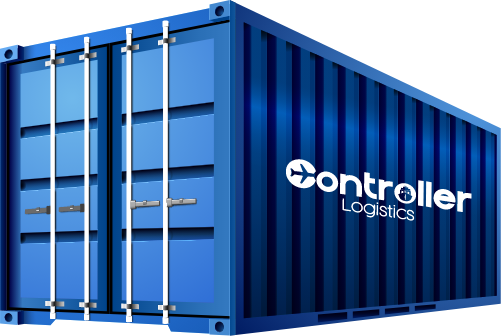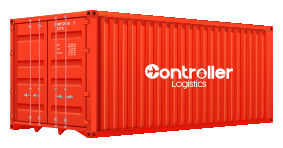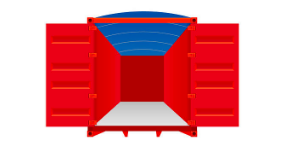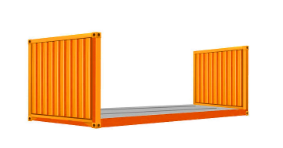Types and Dimensions for Containers
In order to facilitate efficient logistics you need to determine what kind of container you should use. Take considerations about how long, wide and high if your product. if your product goes over any internal dimensions, you should consider which option is better for you. If you have any questions, don't hesitate to ask our team, asking in a timely manner can save you time and money.
These are the most used kind of containers

Standard 20 and 40
Standard or general-use containers are the most common for all types of loads in the transportation industry. The most common sizes are 20 and 40 feet, and although they are rarer, there are 10, 30, 45 and even 53 feet available.
High Cube

This type of container is similar to the standard one with the difference that its height is 9.6 feet, which characterizes it. The extra height makes them ideal for light weight and high volume loads, increasing the internal cubic capacity by 13%.
Reefer or Refrigerated
These containers have a conservation system to maintain a controlled environment or temperature, recommended for products or foods that require a low temperature. There are 20 and 40 foot models.
Open Top

What distinguishes these containers is their removable waterproof canvas roof, creating an opening at the top, allowing the merchandise to protrude if required (paying the supplements based on the excess).
Flat Rack

They are characterized by having no roof and side walls that can be fixed or removable, some even lack front and rear walls, they have a soft wood floor. They are used to transport certain atypical loads, usually heavy and oversized.
Flat Rack Collapsible

They are characterized by having no roof and side walls that can be fixed or removable, some even lack front and rear walls, they have a soft wood floor. They are used to transport certain atypical loads, usually heavy and oversized.
Contact us
CLL 82 # 112F-10 TO34 OF302
+57 315 616 6767
Bogotá, Colombia, Latin America.
All rights reserved 2025.© Digital Strategy By
Closer Design Networks